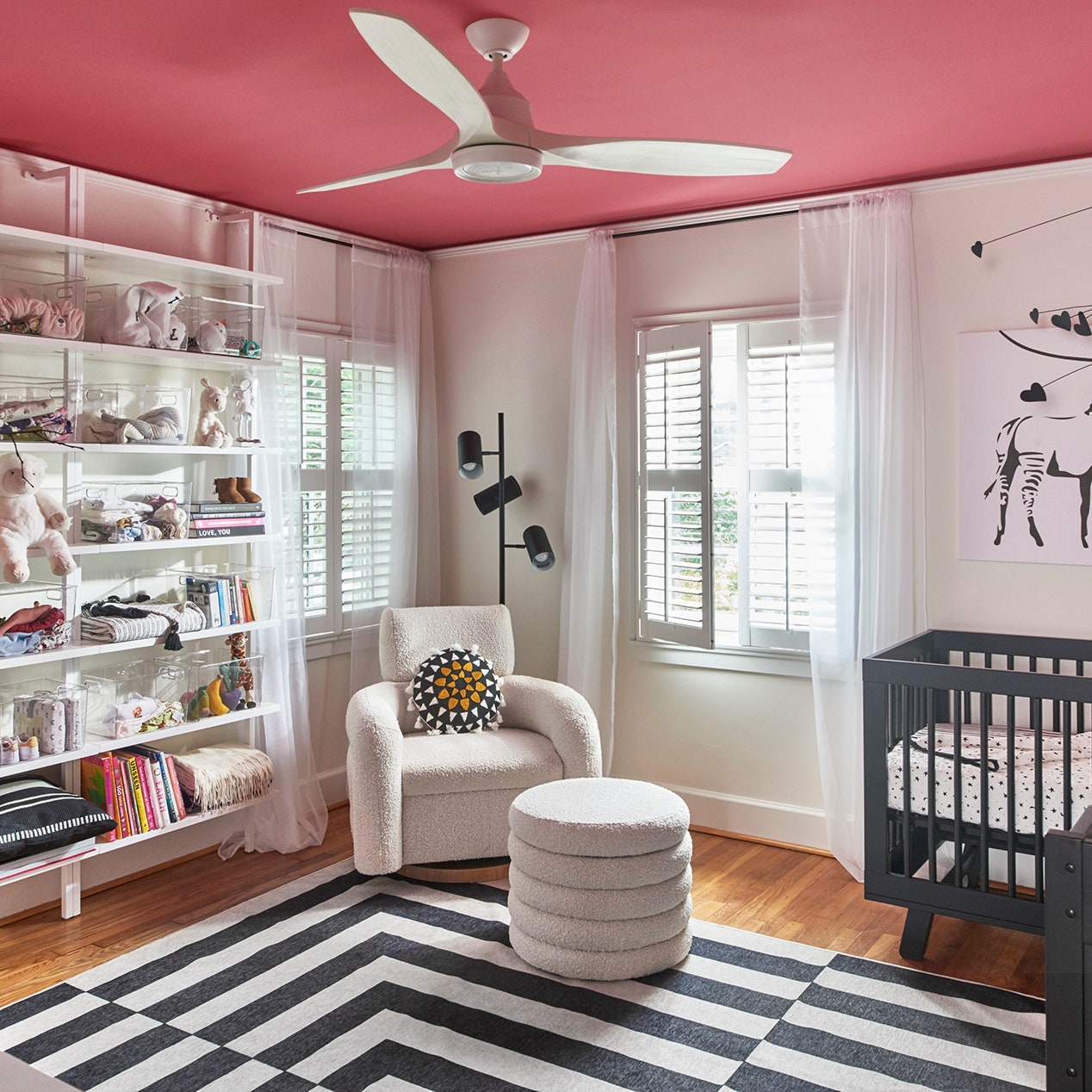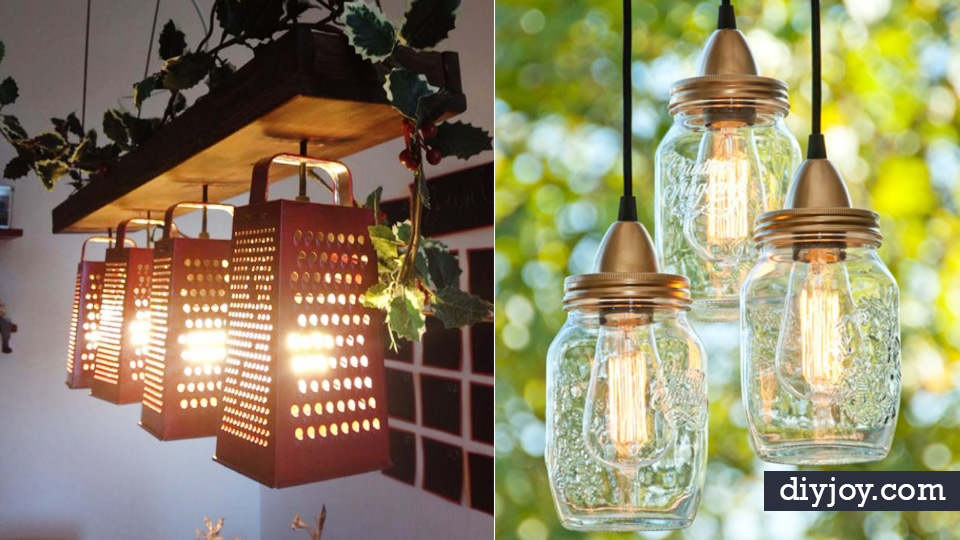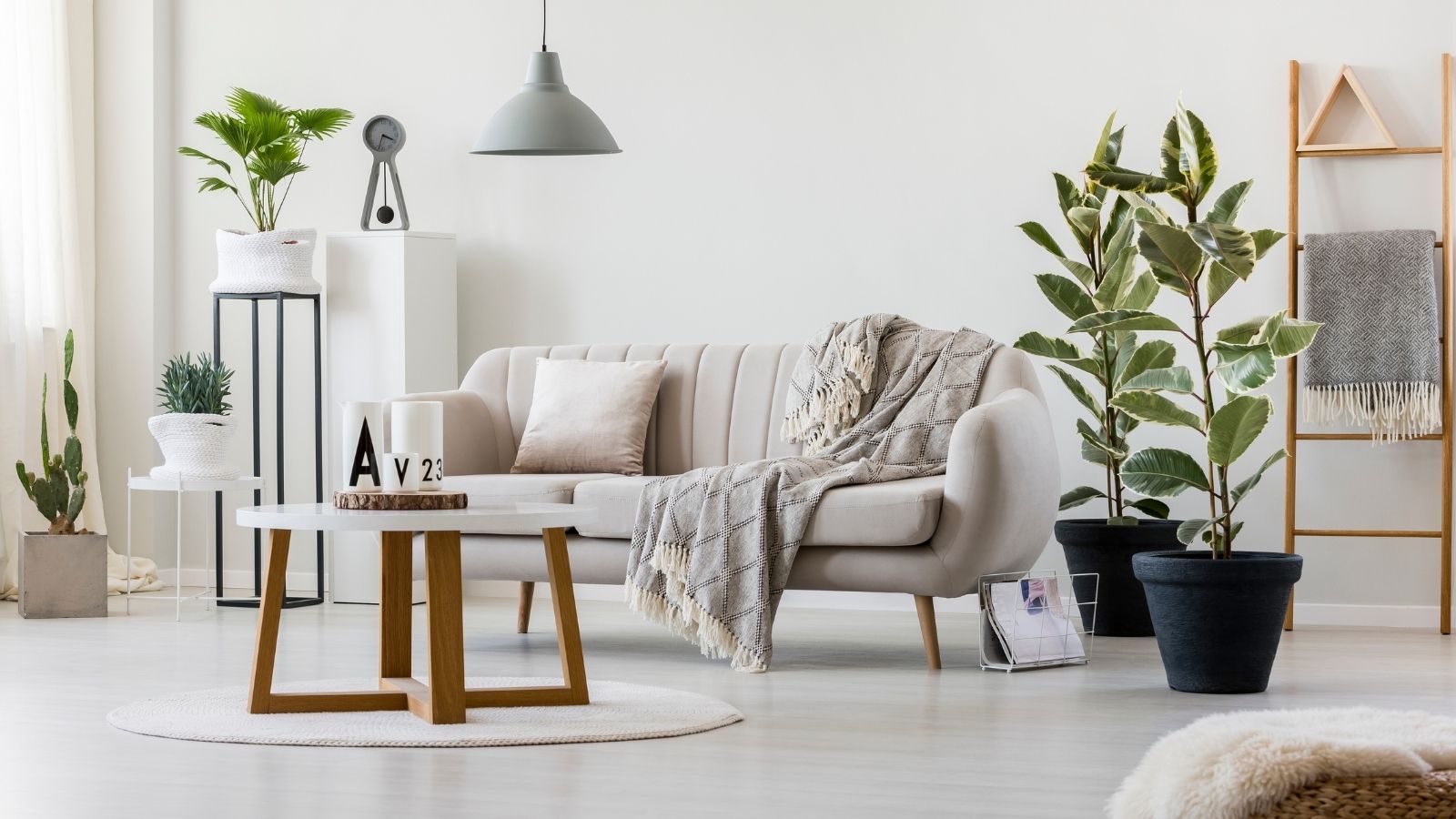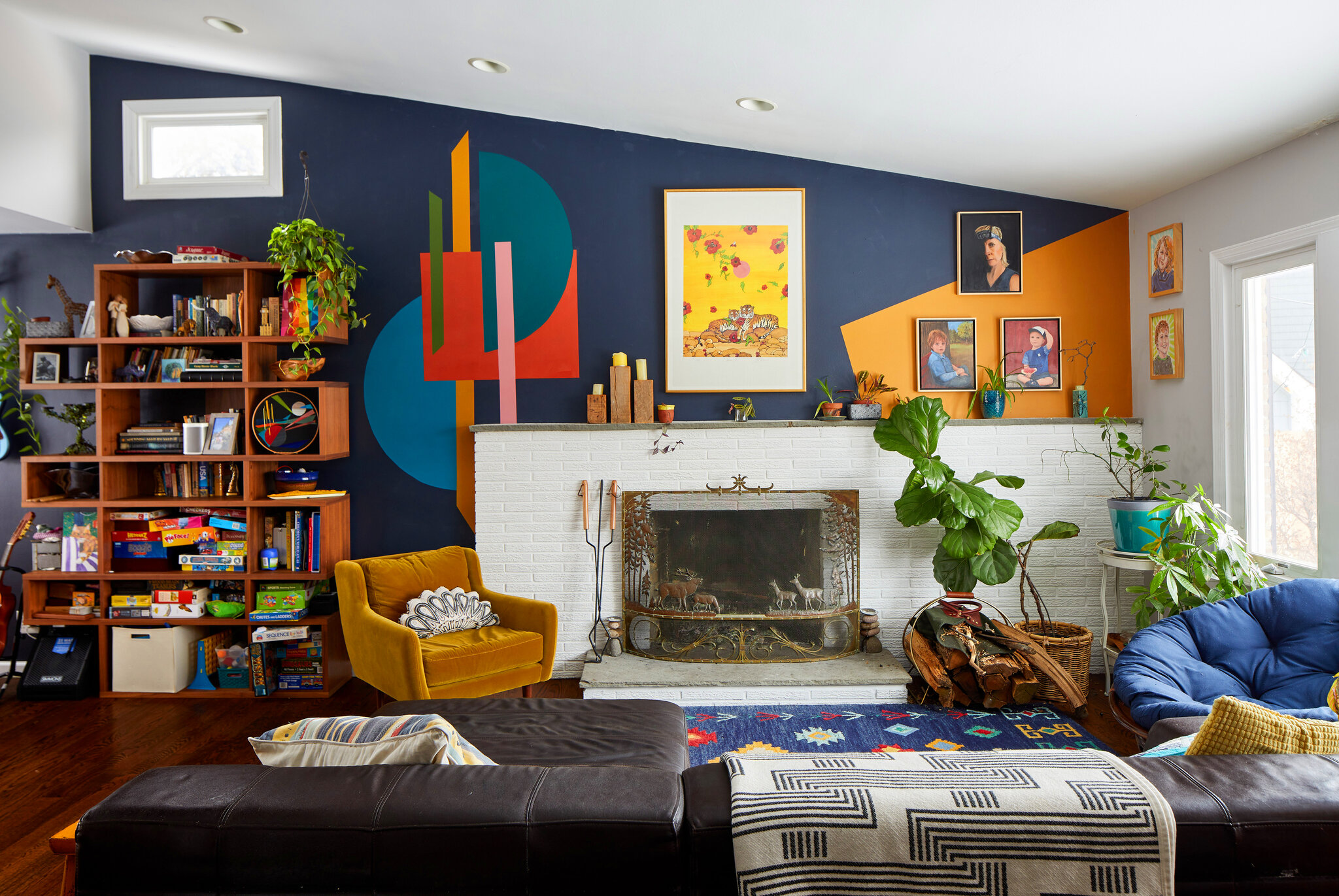Transform Your Home with Color – A Guide to Paint & Color Schemes
Painting your home is one of the most effective ways to give it a fresh new look and create a welcoming atmosphere. Choosing the right colors and color schemes is crucial in transforming the ambiance of your space. In this comprehensive guide, we will explore different aspects of paint and color selection to help you make informed decisions and achieve the desired aesthetic for your home.
1. Understand the Effects of Colors:
Colors have a profound impact on our emotions and can significantly influence the mood of a room. Here are some general associations with different colors:
– Blue: Promotes calmness and serenity, ideal for bedrooms and bathrooms.
– Green: Symbolizes nature and generates a sense of tranquility, perfect for living rooms and home offices.
– Yellow: Radiates positivity and energy, suitable for kitchens and dining areas.
– Red: Evokes passion and excitement, often used as an accent color in spaces designed for socializing.
– Neutral colors (such as white, gray, and beige): Provide a versatile foundation and work well in any room.
2. Consider the Room’s Purpose:
The function of a room should guide your color choices. Determine what you want to achieve and the atmosphere you want to create in each space:
– Bedrooms: Opt for soothing colors that promote relaxation and sleep.
– Living Areas: Choose warm and inviting colors to encourage socializing and conversation.
– Home Offices: Select colors that foster focus and productivity.
– Kitchens: Use vibrant colors to create an energetic and lively environment.
– Bathrooms: Aim for a spa-like ambiance with calming and refreshing colors.
3. Harmonious Color Schemes:
Creating a color scheme is crucial for achieving a cohesive look throughout your home. Here are some popular color schemes:
– Monochromatic: Use different shades and tints of a single color for a harmonious and elegant look.
– Complementary: Combine colors that are opposite each other on the color wheel (e.g., blue and orange, yellow and purple) for a bold contrast.
– Analogous: Select colors that are adjacent to each other on the color wheel (e.g., blue and green, red and orange) for a harmonious and soothing effect.
– Neutral with pops of color: Pair neutral colors with one or two vibrant accents to create a focal point.
4. Test Samples and Consider Lighting:
Before committing to a color, it’s essential to test it in your home’s lighting conditions. Colors can appear different under natural light, artificial light, and at various times of the day. Purchase sample pots of your chosen colors and test them on the walls to observe how they look in different lighting situations.
5. Don’t Forget the Ceiling and Trim:
While the walls may be the main focus, don’t neglect the ceiling and trim. The ceiling can be painted a lighter shade of the wall color or a complementary neutral tone to add depth. The trim can be painted in a contrasting color or kept neutral for a clean and classic look.
6. Prep and Technique:
Before you begin painting, ensure the walls are properly prepared by cleaning and patching any imperfections. Use high-quality tools and techniques to achieve a professional finish. Consider using painters tape to create clean lines and protect adjacent surfaces.
7. Explore Paint Finishes:
Different paint finishes can create different effects and are suitable for different areas of your home. Common finishes include:
– Matte: Offers a flat, non-reflective finish.
– Satin: Provides a subtle sheen and is easy to clean, making it ideal for high-traffic areas.
– Semi-gloss: Reflects light and is resistant to moisture, making it suitable for bathrooms and kitchens.
– Gloss: Offers a shiny, reflective finish and is most commonly used on trim and accents.
In conclusion, choosing the right paint colors and color schemes can transform your home and enhance its overall appeal. Consider the effects of colors, the purpose of each room, and various color schemes. Take the time to test samples in different lighting conditions and don’t forget about the ceiling and trim. Proper preparation and the use of quality tools are essential for achieving a professional finish. Armed with this guide, you can confidently embark on your home painting journey and create an inviting and visually stunning space.











